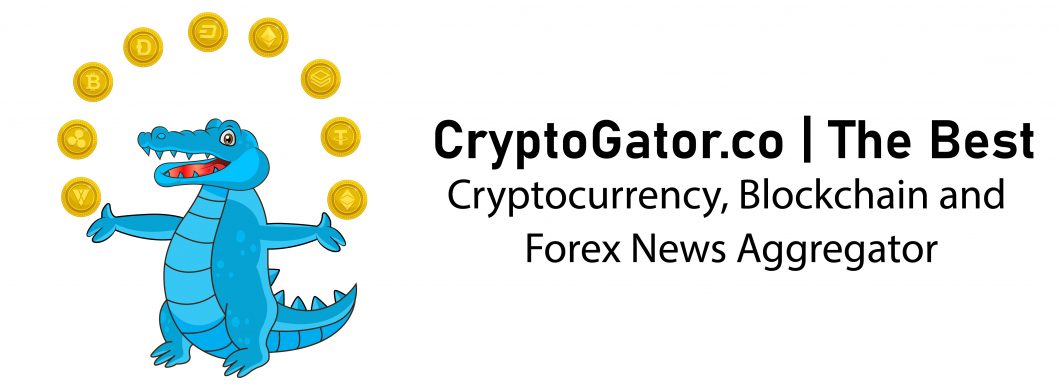<p>The market capitalization of the
global stock market declined by 20% in 2022, wiping off about $25 trillion from
the market, the World Federation of Exchanges disclosed in its latest report
released on Friday. The value of the market also decreased by 10% last year,
the report noted. </p><p>Both declines contradict the
positive momentum gained two years earlier, WFE, a group that represents
exchanges and central <a href=”https://www.financemagnates.com/terms/c/clearing/” class=”terms__main-term” id=”6c3ba510-6f30-4e6e-9b3a-f43b62dcb8d3″ target=”_blank”>clearing</a> counterparties, pointed out. However,
despite the drop in market cap, global volumes jumped by 5% in 2022, pushed by
increases across all regions.</p><p>“2022 recorded the highest
global volumes in the last six years (48.32 billion trades) and the highest
regional volumes during the same period: the Americas (13.44 billion trades),
APAC (31.13 billion trades) and the EMEA region (3.74 billion trades),” WFE
explained in the report. </p><p>‘Perfect Storm of Negative
Pressures’</p><p>According to WFE, a number of
factors contributed to the slump in the market cap of last year. This includes the capital injection in the <a href=”https://www.financemagnates.com/thought-leadership/impact-of-covid-19-on-financial-markets-sectors-and-industries/” target=”_blank” rel=”follow”>aftermath of the COVID-19
pandemic</a> and the resultant inflation powered by high consumer demand. In
addition, supply constraints worsened by the Russia-Ukraine war and the
sanctions against Russia contributed to the situation by increasing energy
prices, <a href=”https://www.financemagnates.com/fintech/european-authorities-decry-rapid-deterioration-of-economic-outlook/” target=”_blank” rel=”follow”>especially in Europe</a>.</p><p>“China’s renewed Covid lockdown,
with stringent measures enforced for most of the year, strained the global
supply chain, increasing prices of imported goods,” WFE noted. </p><p>The industry group further noted
that investment slowed down in the equity market as a result of the high
inflation environment and the tightening of monetary policies which fueled raising interest rates across most economies.</p><p>“We witnessed a perfect storm in
2022 of so many negative pressures culminating to bring immense pressure on <a href=”https://www.financemagnates.com/tag/stock-market/” target=”_blank” rel=”follow”>global stock markets</a>, as our report highlights,” Nandini Sukumar, Chief
Executive Officer at the WFE, noted.</p><p>Derivatives Return Good Numbers</p><p>However, despite the gloomy
figure, WFE’s data shows that <a href=”https://www.financemagnates.com/terms/e/exchange/” class=”terms__secondary-term” id=”b5da6e64-2afe-421d-9b81-16404b7d59d6″ target=”_blank”>exchange</a>-traded derivatives, which included<a href=”https://www.financemagnates.com/institutional-forex/ice-beats-3-year-record-as-futures-and-options-trading-hit-new-high/” target=”_blank” rel=”follow”> both
options and futures contracts</a>, surged by 34.4% year-over-year, reached their
highest level in six years. The volume of contracts amounted to 84.76 billion
derivatives contracts, with 56.17 billion attributable to options and 29.59
billion to futures.</p><p>“Commodity derivatives were the
only product line whose overall volumes (that is, considering both futures and
options) declined in 2022 (-14.5%), while equity, currency, and ETF derivatives
volumes witnessed double digit increases (48.4%, 48.2%, and 36.9%,
respectively),” the report explained.</p><p>ETF Volume Jumps in 2022</p><p>Furthermore, WFE data shows that
while the number of listed exchange-traded funds (ETFs) rose only 5%
year-over-year, the value of traded ETFs jumped by 32.2%, pushed by increases
from every region of the world. Additionally, the number of
listed securitized derivatives rose slightly by 2.6% year-over-year. On the
contrary, the value of traded securitized derivatives slumped by 21.6% year-over-year
due to decreases in every region.</p><p>WFE added, “The
number of listed investment funds (IF) fell year-on-year (-6.1%) while the
value traded increased 12.5%. EMEA region recorded declines in both the number
of listed investment funds and in value traded, while in the Americas both
changes were positive. The APAC region recorded the largest drop in the number
of listed funds and the largest increase in value traded.”</p>
This article was written by Solomon Oladipupo at www.financemagnates.com.



